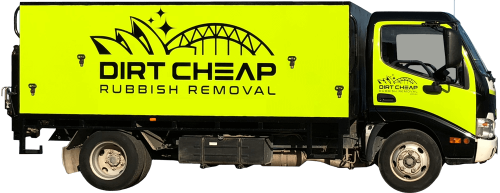Discover The Secrets To Picking The Right Dumpster Size For Your Job, Making Sure Both Performance And Price Financial Savings In This Thorough Guide
Discover The Secrets To Picking The Right Dumpster Size For Your Job, Making Sure Both Performance And Price Financial Savings In This Thorough Guide
Blog Article
Write-Up Created By-Romero Duckworth
When starting a job that calls for a dumpster, the size you pick can substantially affect its efficiency and cost-effectiveness. Visualize having the perfect container that accommodates all your waste without being exceedingly big or too small. Everything starts with recognizing the nuances of your project and picking a dumpster dimension that lines up with your certain requirements. So, before you decide, take into consideration the aspects at play to make sure a seamless waste administration process from beginning to end.
Aspects to Take into consideration
When choosing the best dumpster size, there are several vital elements to think about.
First, think about the kind of waste you'll be dealing with. Various products may call for differing quantities of area, so understanding what you'll be putting in the dumpster is important.
Next, assess the quantity of waste you anticipate to produce. If you take too lightly the quantity, you may need to make numerous journeys to deal with every little thing, which can be inconvenient and costly. On the other hand, renting a dumpster that's too large can bring about unnecessary expenses.
Furthermore, consider the space where the dumpster will certainly be placed. Ensure there's enough space for the dumpster to be delivered and picked up with no obstructions.
Last but not least, think of any type of weight restrictions that may use. Exceeding a fantastic read can result in added fees or even the refusal of service.
Dumpster Size Options
For choosing the best dumpster size, it's important to have a good understanding of the available choices. Dumpster sizes generally vary from 10 to 40 cubic backyards, with variants in between.
A 10-yard dumpster appropriates for little jobs like a garage cleanout or a small remodelling. If you're dealing with a medium-sized project such as a kitchen area remodel or a basement cleanout, a 20-yard dumpster may be the appropriate choice.
For larger projects like a whole-house remodelling or industrial building and construction, a 30 or 40-yard dumpster could be preferable to suit the quantity of waste generated.
When choosing a dumpster dimension, consider the quantity and type of particles you expect to get rid of. local roll-off dumpster rental to pick a slightly bigger dimension if you're unclear to avoid overfilling. Bear in mind, it's more cost-effective to rent out a dumpster that fits your requirements rather than having to purchase an added one.
Matching Dimension to Job
Efficiently matching the dumpster size to your job is essential for reliable waste administration. To determine the appropriate dimension, take into consideration the scope and nature of your project.
For tiny house cleanouts or improvements, a 10-yard dumpster might be enough. These are commonly 12 feet long and can hold about 4 pickup truck lots of waste.
For bigger projects like redesigning numerous rooms or cleaning out a huge estate, a 20-yard dumpster may be preferable. These are around 22 feet long and can hold roughly 8 pickup truck lots.
If garbage container or commercial renovation, a 30-yard dumpster could be the most effective fit. These dumpsters have to do with 22 feet long and can accommodate concerning 12 pickup truck lots of debris.
Matching the dumpster size to your project ensures you have adequate area for all waste products without paying too much for unused capability.
Conclusion
To conclude, selecting the right dumpster size for your job is crucial for effective garbage disposal. By thinking about variables like the kind and amount of waste, room schedule, weight restrictions, and budget plan restrictions, you can ensure you have the proper size dumpster for your demands. Make sure to match the size of the dumpster to the range and nature of your project to avoid overspending on unnecessary expenditures.
